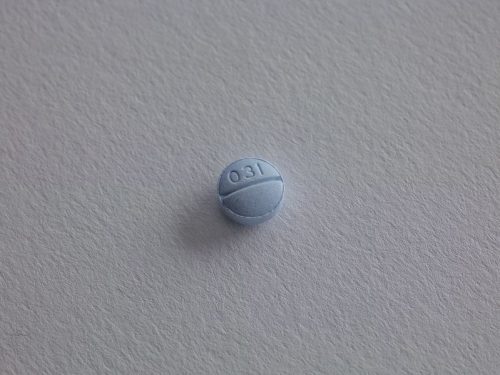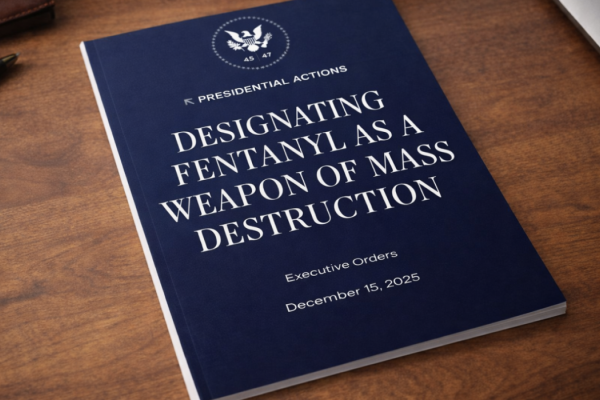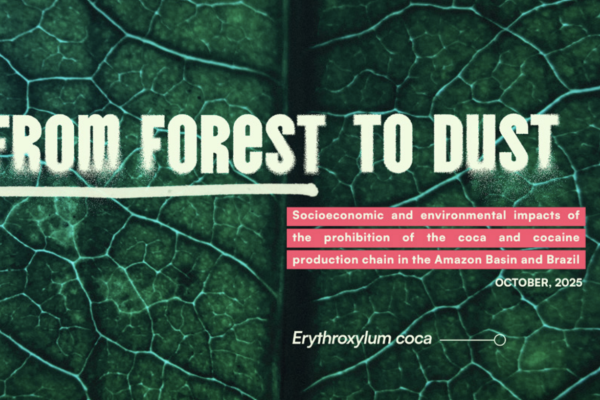1st December 2023
We asked Dr Adam Holland and Dr Caroline Copeland to explains what’s happening with the the increasing adulteration of drug supplies with nitazene opioids and what needs to be done to prevent unnecessary deaths.
Dr Adam Holland is a Public Health Consultant and Co-Chair of the Faculty of Public Health Drugs Special Interest Group.
Dr Caroline Copeland is a Senior Lecturer in
Pharmacology & Toxicology at King's College London and Director of
the National Programme on Substance Abuse Deaths.
What are nitazenes and why do we need to worry about them?
Nitazenes are synthetic opioids - laboratory-produced drugs which act on the same receptors in the brain as morphine and heroin. In the UK, nitazenes have been detected in substances sold as other opioids, like heroin and oxycodone; benzodiazepines, like diazepam; and cannabis products. Some nitazenes are thousands of times stronger than heroin, so people who use them inadvertently – even in small amounts – are at high risk of overdose.
In the last couple of years we’ve seen an increasing number of deaths related to nitazenes, as well as harms related to other synthetic drugs, like the veterinary anaesthetic xylazine, synthetic cannabis, and novel benzodiazepines.
Unfortunately, it’s likely that we’re underestimating the scale of the problem. Most laboratories don’t routinely test for novel or uncommonly used drugs. Therefore, some people whose deaths are recorded as related to heroin or other common drugs might also have taken nitazenes or other substances which have gone undetected.
Sadly, we’re worried that things could get worse before they get better. Most heroin in the UK originates from Afghanistan. The Taliban have recently prohibited opium poppy cultivation (used to produce heroin). The looming gap in the opiate market is at risk of being filled with nitazenes and other synthetic drugs. This is likely related to the increasing nitazene deaths we are already seeing. This could lead to an increase in drug-related deaths in the UK – where we already have a public health crisis related to levels of deaths – and across Europe.
What do we need to do to prevent deaths from synthetic opioids?
For people with the most harmful patterns of drug use, we know that engagement in drug treatment is protective against overdose and other harms. However, there’s much more we should be doing to protect people who - for whatever reason - are not receiving drug treatment.
Three interventions which could be particularly important in responding to the spread of synthetic opioids throughout the UK illicit drug market are:
Overdose prevention centres where people can use their own drugs in a monitored and safe space, with professionals on hand to intervene in the event of an overdose. This also provides an invaluable opportunity to provide additional support to the most marginalised people, who can be offered referrals to relevant social, health and drug treatment services. The Faculty of Public Health has led calls from more than 100 public health, medical, academic, drug treatment and advocacy organisations calling for overdose prevention centres in the UK – however we still don’t have any (the first will soon be opening in Glasgow with support from the Scottish Government - contrary to the views of Westminster).
Drug checking services, where the public can submit substances for testing to find out what’s in them – giving healthcare professionals and drugs workers an opportunity to offer advice and referrals to other support if needed. If people had access to these services, they could check if their substances contain nitazenes or other dangerous drugs and avoid inadvertently consuming them.
‘Safer supply’ – an emerging response to high levels of synthetic opioid adulteration in Canada – where pharmaceutically produced drugs are provided to people experiencing dependence, so they do not have to use toxic drug supplies.
Additionally, it is vital that we challenge the stigma faced by people who use drugs. Stigma forms a key barrier stopping people from engaging with services that would otherwise help them keep themselves safe. People with the most harmful patterns of drug use often experience other problems including socioeconomic deprivation, homelessness, and trauma, which have led to or exacerbated harmful relationships with drugs. Stigma only makes their lives harder, and may aggravate the factors which led them to develop problems with drugs in the first place.
Is the UK prepared for an influx of synthetic opioids?
We are not. Levels of drug-related deaths in the UK already constitute a public health crisis. Whilst things may be about to get worse, we’re not sure of the scale of the threat from synthetic opioids because not enough testing is undertaken in order to detect them.
In terms of drug treatment services, an independent review by Dame Carol Black in 2021 demonstrated significant challenges for the sector following a decade of cuts and the loss of skilled staff. There is now more investment but much more work is needed to rebuild services and the new funding needs to be sustained.
Additionally there are policy barriers to providing other harm reduction services that would likely help reduce the risks from synthetic opioids. There’s one overdose prevention centre opening in Glasgow, but this isn’t enough – the Government has been resistant to their introduction, recently refusing a call from the Home Affairs Committee on Drugs for sites in other areas of the UK. Whilst overdose prevention centres are not a silver bullet – they are likely to help. There is no good reason why we shouldn’t be opening more of them – at least on a pilot basis. And in terms of drug checking services, we’re hoping to see sites open in the coming months, however things aren’t moving fast enough.
When will we know the scale of the problem posed by synthetic opioids?
Until we have improved national testing capacity – and we have drug checking services for people to test their own drugs – it will remain unclear how prevalent nitazenes and other synthetic drugs are across the country.
What could happen if we do not prepare for an influx of synthetic opioids?
We already have a drug-related death crisis in the UK. Scotland has the highest drug-related death rate in Europe – and rates in England, Wales and Northern Ireland have increased dramatically over the last decade. We don’t need these rates to get any worse, and this is exactly what is likely to happen if nitazenes continue to make inroads into the UK drug market.
It’s easy to get lost in the statistics, but each one of these deaths is a person – someone’s child, someone’s friend, and potentially someone’s sibling and parent.
These are preventable deaths that we’re not doing enough to prevent. We can’t solve this problem by threatening people with punishments or increasing penalties for using nitazenes. Most people don’t intend to and don’t know that they’re using them. We need to meet people where they’re at, and provide them with the opportunities and services they need to keep themselves safe.




